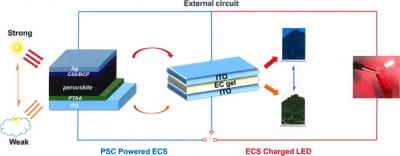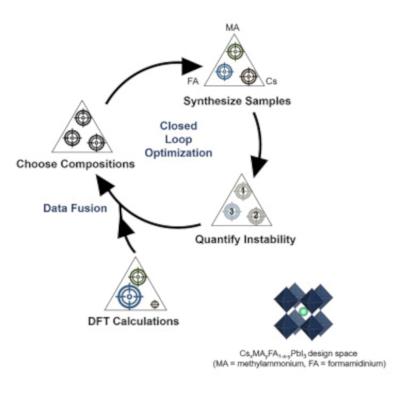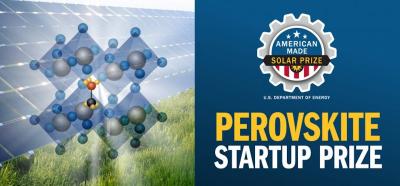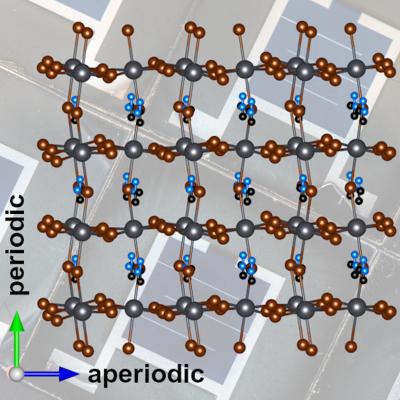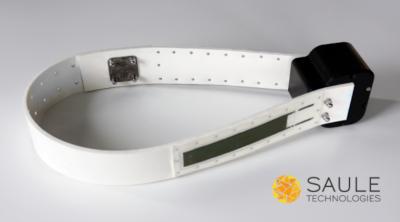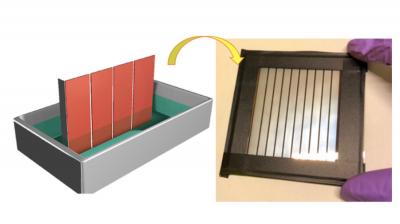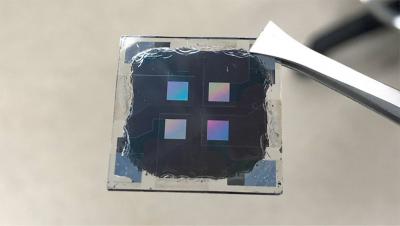Researchers show that manipulation of antisolvent application rate can help create efficient and reproducible PSCs
Researchers from the Emerging Electronic Technologies Group of Prof. Yana Vaynzof at Germany's Technische Universität Dresden have found that fundamental processes that occur during perovskite film formation strongly influence the reproducibility of the photovoltaic devices.
When depositing the perovskite layer from solution, an antisolvent is dripped onto the perovskite solution to trigger its crystallization. "We found that the duration for which the perovskite was exposed to the antisolvent had a dramatic impact on the final device performance, a variable which had, until now, gone unnoticed in the field." says Dr. Alexander Taylor, a postdoctoral research associate in the Vaynzof group and the first author on the study. "This is related to the fact that certain antisolvents may at least partly dissolve the precursors of the perovskite layer, thus altering its final composition. Additionally, the miscibility of antisolvents with the perovskite solution solvents influences their efficacy in triggering crystallization."
